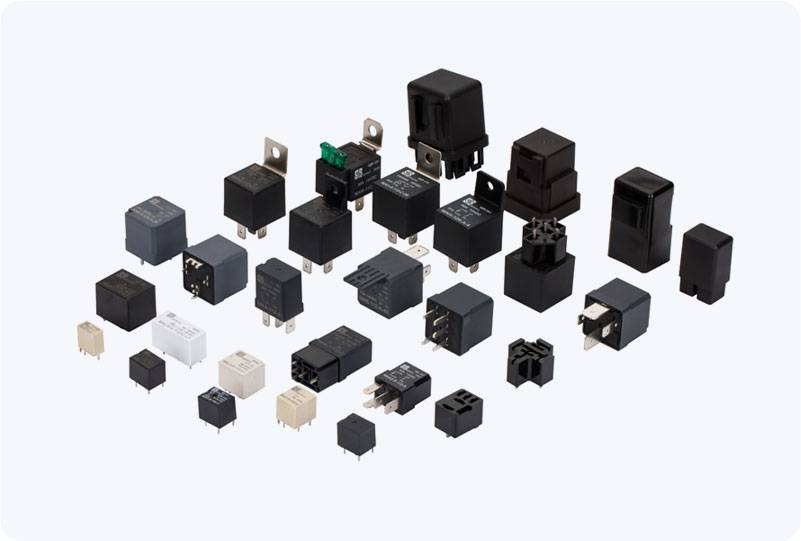Temperature Control Relays (TCRs) are integral components in various temperature-sensitive systems, ensuring that devices and machinery operate within safe and optimal temperature ranges. These relays are widely used in industrial applications, home appliances, HVAC systems, and more. By effectively managing the temperature, TCRs prevent equipment failure, improve energy efficiency, and ensure safety. In this article, we will explore the function, design, and applications of Temperature Control Relays, as well as their significance in modern technology.

What is a Temperature Control Relay? A Temperature Control Relay is an electronic device that monitors and controls the temperature of a system by switching electrical circuits based on temperature readings. These relays are equipped with a temperature sensor that detects changes in temperature. When the temperature reaches a predefined threshold, the relay either opens or closes a circuit, depending on the configuration, to activate or deactivate connected devices, such as heating elements, cooling fans, or compressors. TCRs are often used in conjunction with thermostats, temperature sensors, and other control mechanisms to maintain a desired temperature range. The relay acts as the interface between the temperature sensor and the controlled equipment, making it a vital element in automated temperature regulation.